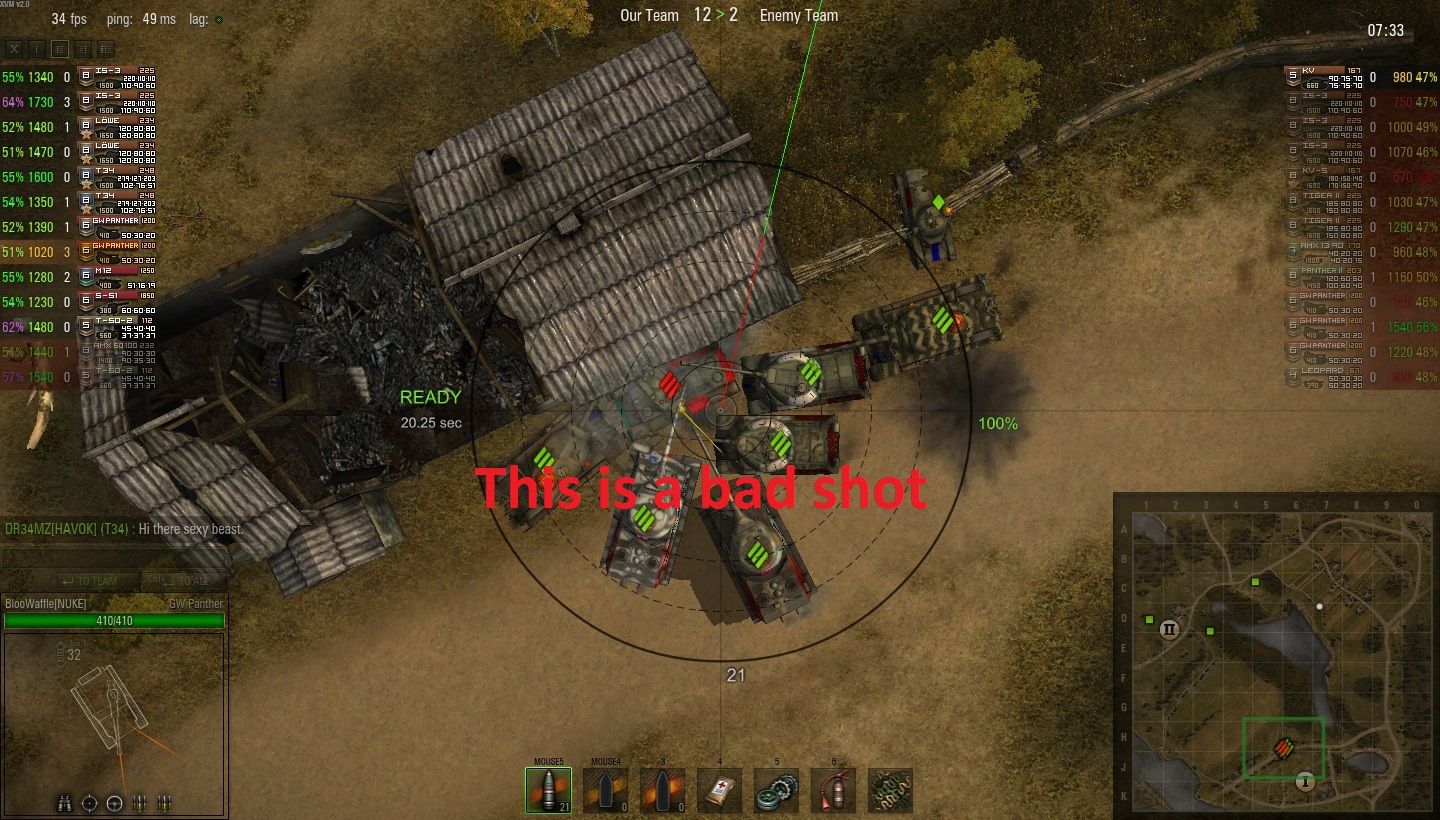


It’s also worth noting both Russian and Ukrainian tankers have, in videos, occasionally executed unusually precise indirect-fire attacks against individual enemy vehicles by using drone spotters to correct their fire. Thus, the supply of 100-millimeter high-explosive shells-though less effective-may at least be easy to source. And stores of 100-millimeter shells compatible with the D-10T likely haven’t been as extensively tapped as standard Russian 122- and 152-millimeter artillery shells. That said, the T-54’s 100-millimeter D10T gun (introduced in World War II on the turretless Su-100 tank destroyer) is not as valuable as the modern 125-millimeter 2A46 tank guns used on modern Russian tanks. So, tanks dedicated to artillery missions will wear through their valuable gun barrels much more quickly than purpose-built howitzers. Purpose-design howitzers and field guns, however, don’t need so much armor-penetrating velocity, and are built for much longer barrel lives. This means the barrel usually must be replaced after several hundreds shots, or risk bursting. That’s because tank guns are designed to discharge shells at very high velocities to maximize down-range armor penetration and accuracy-a method that imposes more stress on the gun barrel. And, undoubtedly, Russia now wants to deploy more artillery into Ukraine, and make more shells useable for artillery missions-even though large-scale indirect fire is not an ideal use of a tank’s main gun. The re-purposing of tanks to serve as ersatz indirect-fire artillery, arcing shells over longer distances, has a long history. VCG // Getty Images Tank as Artillery: Good or Bad Idea?

The lone tank at Moscow’s 2023 Victory Day parade: a T-34/85 tank most extensively used late in World War II.


 0 kommentar(er)
0 kommentar(er)
